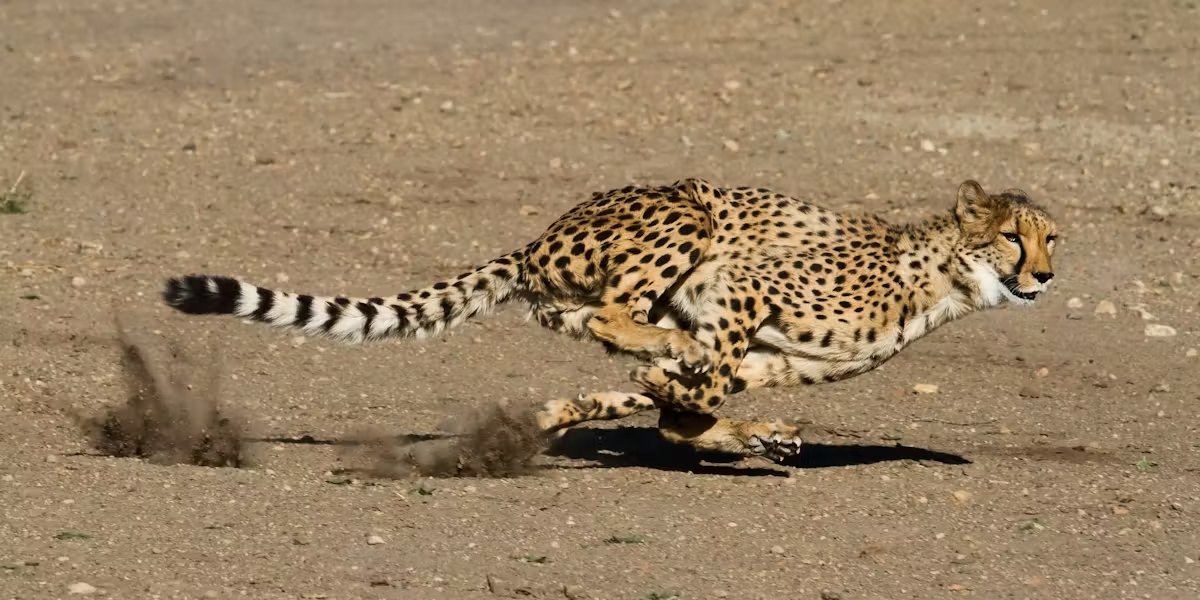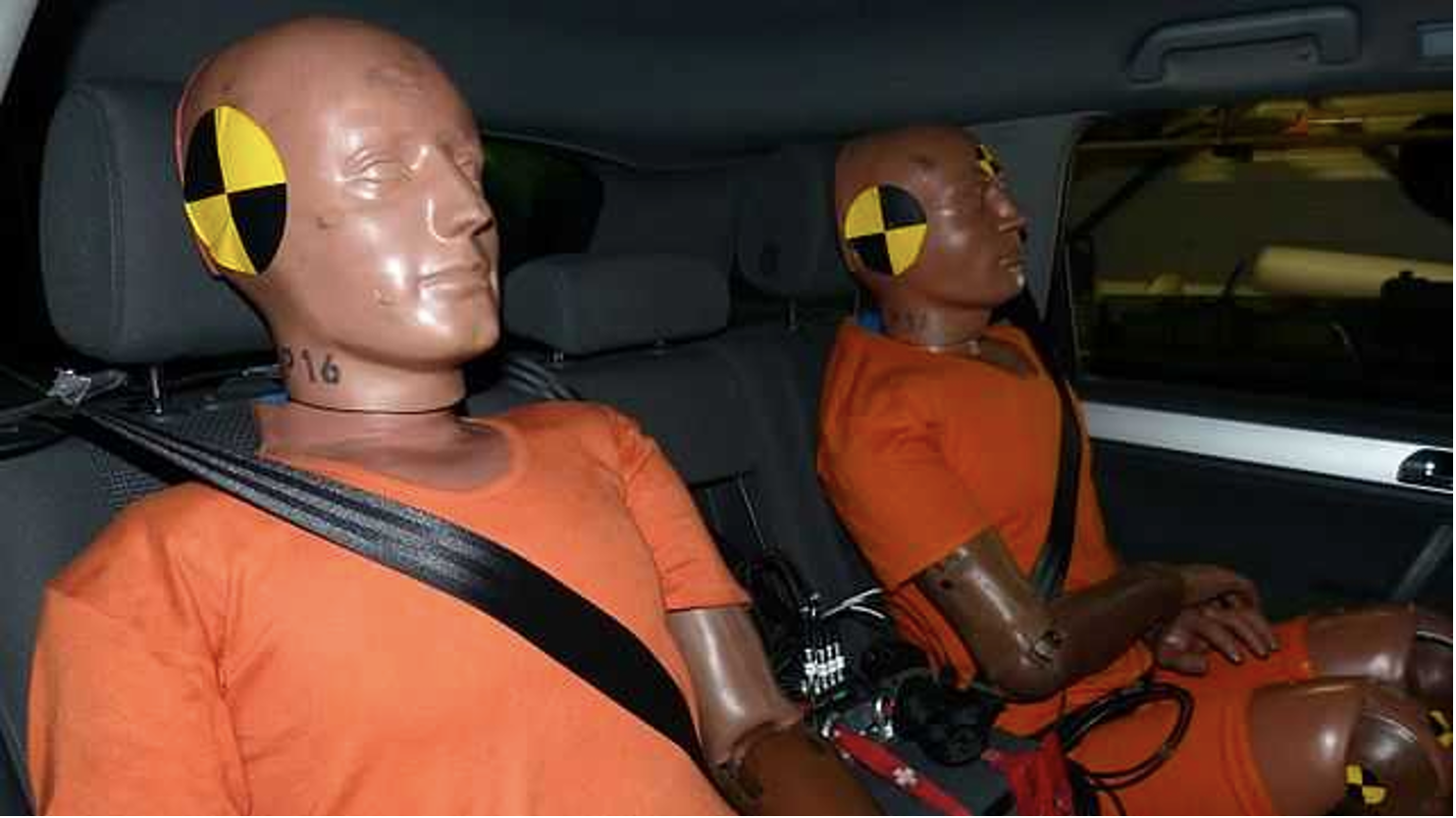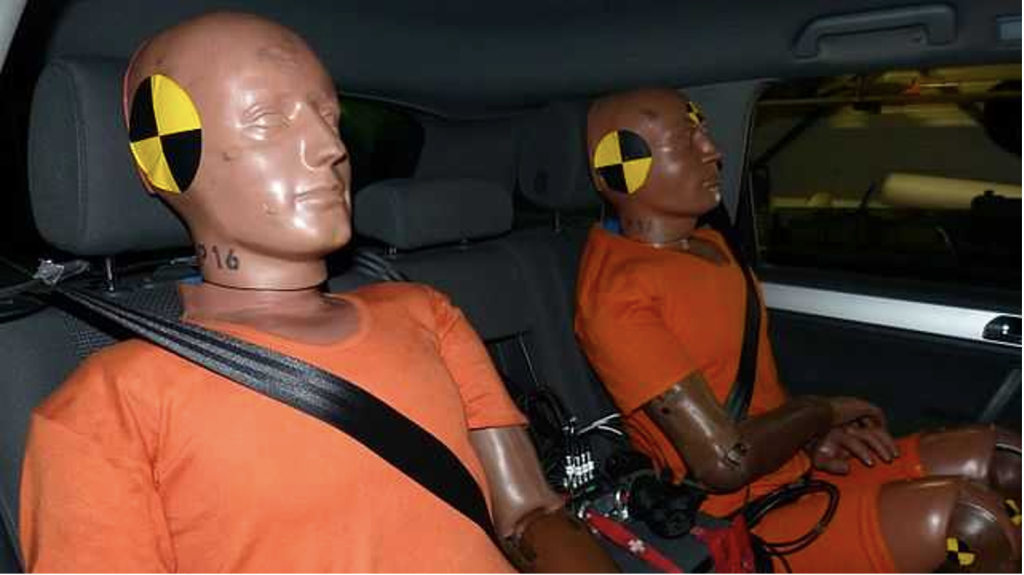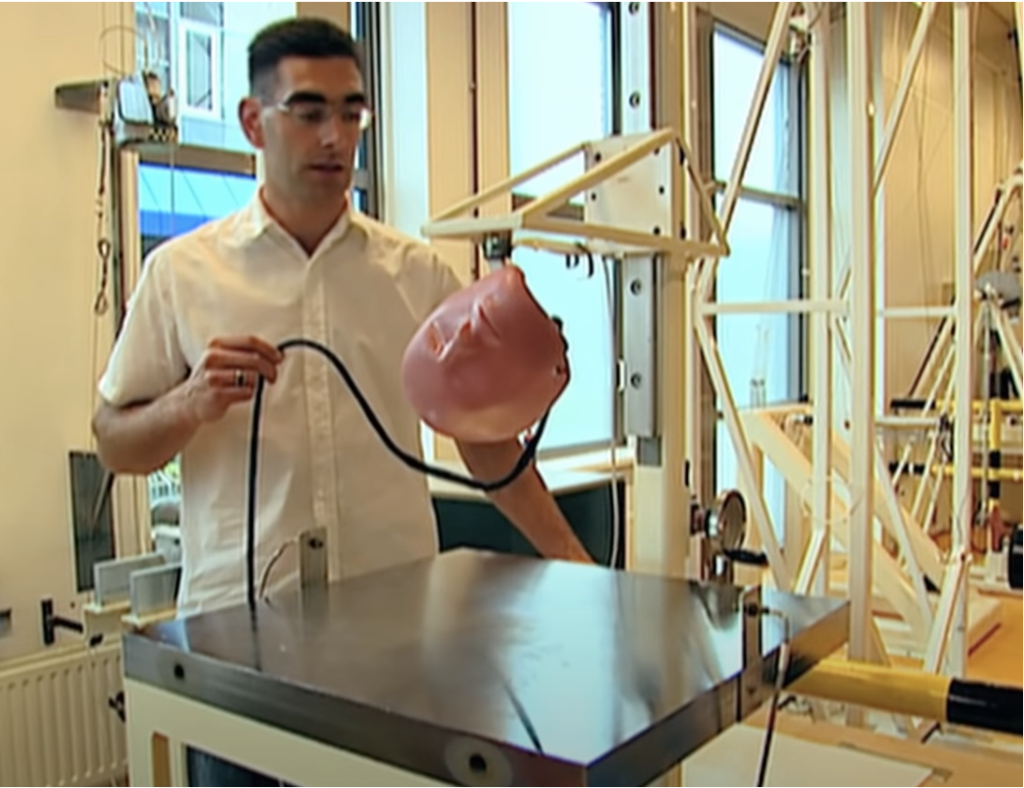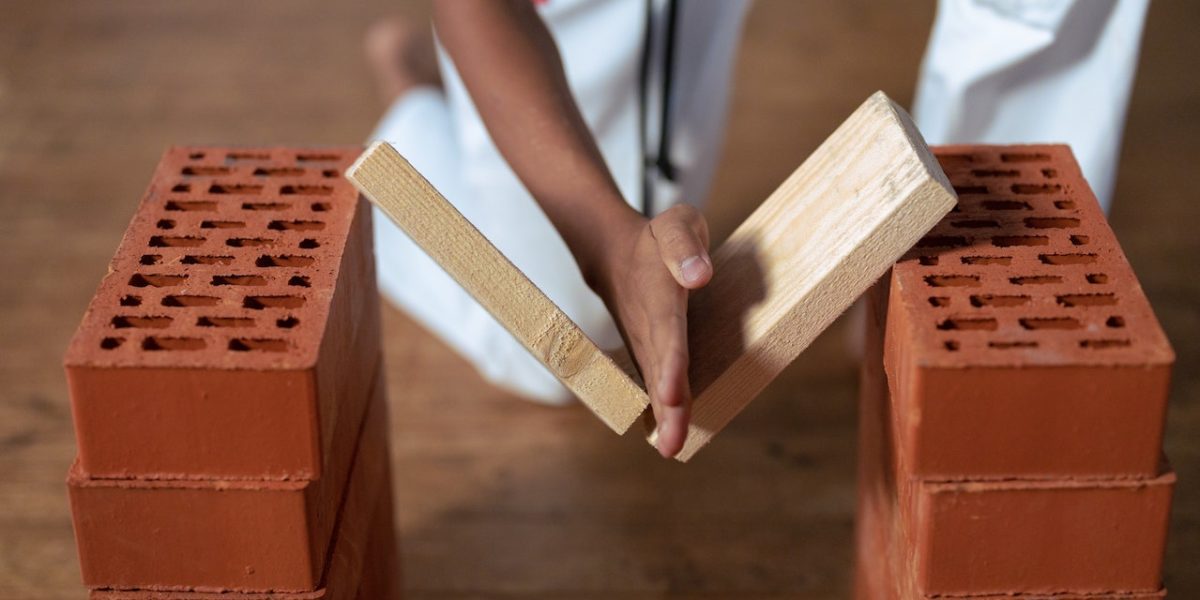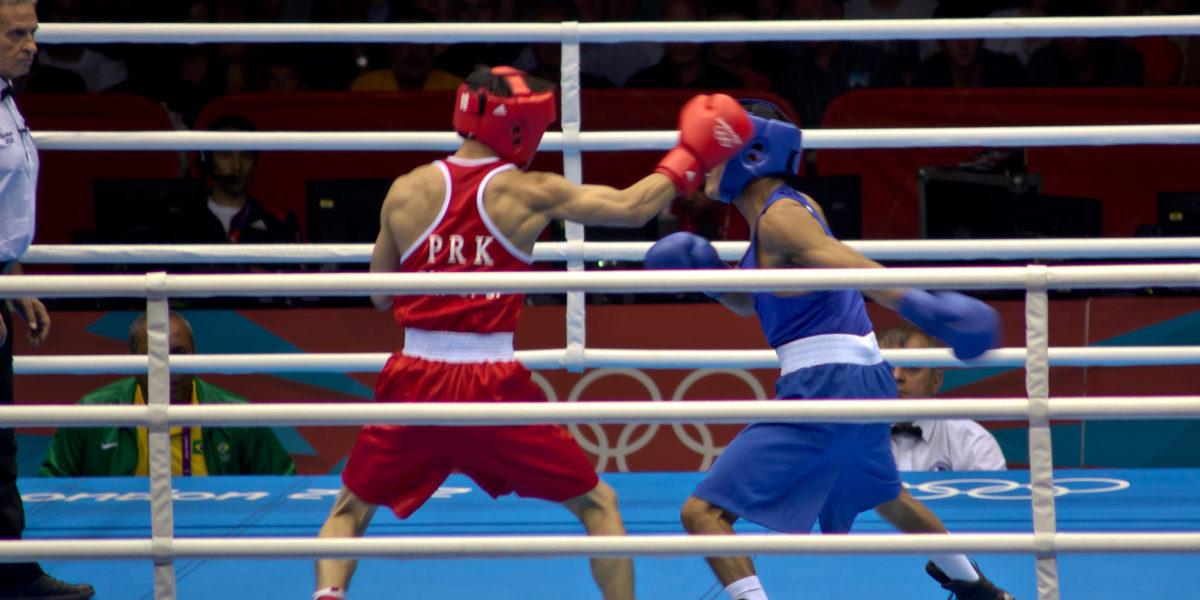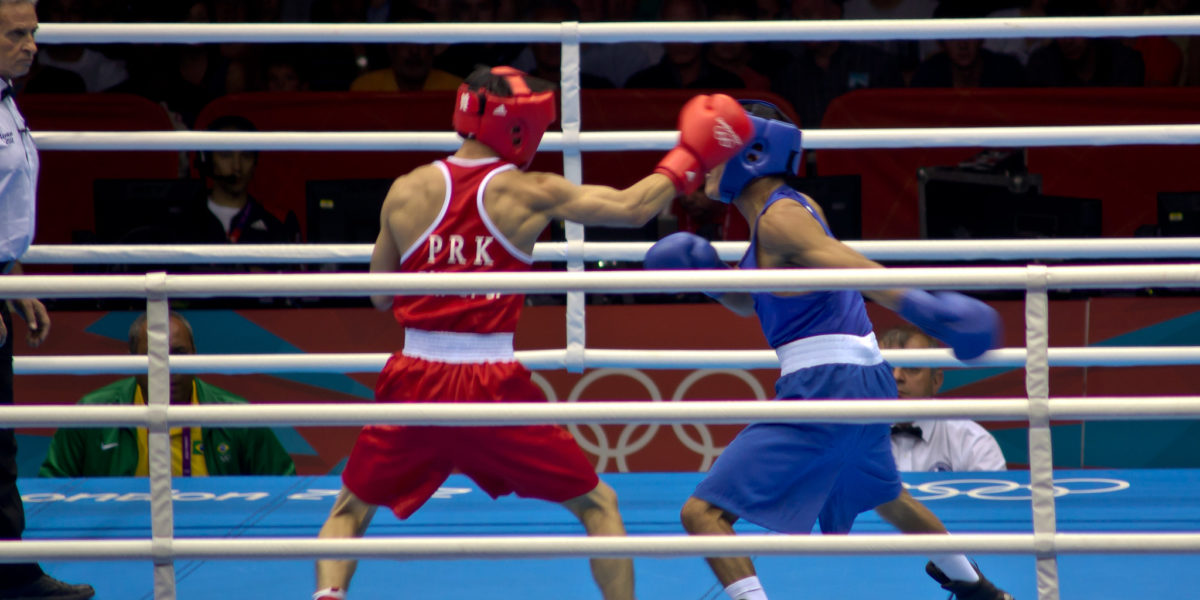It is no secret the danger head injuries can pose for player safety in contact sports. While the public is aware of the danger of large hits and concussions, many remain unaware of the danger small blows to the head can have on an individual. Formally, these incidents are known as subconcussive impacts, which are defined as blows to the head that result in mild brain trauma without the presentation of typical concussion symptoms. Recent studies have indicated repetitive subconcussive impacts can lead to cumulative, long-term brain damage. This discovery has been increasingly alarming for rugby players who can average 77 of these impacts per game! With the discovery of this newfound danger, the question must be asked: what is being done to protect at risk rugby players?
Continue reading “Limiting Repetitive Subconcussive Impacts in Rugby”Tag: impact
The Biomechanical Blueprint: How Cheetahs’ Bodies Are Engineered for Speed
The cheetah (Acinonyx jubatus) is the fastest land animal on earth reaching speeds of over 60 miles per hour (29 m/s). The cheetah is native to Africa and parts of the Middle East and is a predator of the impala, along with several other prey animals of the Savannah and Middle East. The biomechanics of the cheetah can help us understand how to create such high speeds in biological organisms and how to protect the body against high acceleration and decelerations.
Read more: The Biomechanical Blueprint: How Cheetahs’ Bodies Are Engineered for Speed Continue reading “The Biomechanical Blueprint: How Cheetahs’ Bodies Are Engineered for Speed”Wreckage Before the Real Crash: The Biomechanics of Crash Test Dummies
Every 25 seconds, someone is killed in a car accident, resulting in more than 1.25 million deaths worldwide each year.
As a result, dummies are an important tool used in many safety tests for car crashes, and they help to inform many design decisions for automobile manufacturers. Since these dummies are used to assess human behavior in many types of situations involving collisions, swerving, and other performance measures, the primary goal for dummy creators is to imitate human response as closely as possible using artificial means.
Read more: Wreckage Before the Real Crash: The Biomechanics of Crash Test DummiesTherefore, biomechanics plays an integral role in dummy design, from choosing materials that accurately reflect limb stiffness, to assembling ball-and-socket joints that sever when undergoing a certain threshold stress or strain. There are many techniques that researchers use – from computational models to in-field testing – to ensure these dummies reflect the parameters and properly inform the design decisions they are a part of.
Manufacturers routinely spend millions of dollars each year to develop and fine-tune the dummies (or more technically known as anthropomorphic test devices or ATDs) that they implement in their testing procedures. Its history can be traced all the way back to 1949, where the US Air force implemented a dummy for test ejection seats, while they were first implemented commercially by General Motors more than 30 years later. They have undergone many advancements in terms of their accuracy and manufacturing efficiency, arriving at the now ubiquitous Hybrid-III model, which resembles a 50th percentile adult “family man” male that is used in almost all testing simulations. Although many cadever models have been explored, these artificial models offer the most consistent and reliable solution to testing needs, which involves blunt head-on crashes, various types of rollovers, and other rear-based and side-based collisions. By equipping dummies with different kinds of sensors, primarily consisting of MEMs accelerometers and other force transducers, dummies provide predictive power on the impact of different simulation parameters on driver safety and other outcomes.
Dummy performance analysis can be found both in creation of the dummies, ensuring the dummies have the correct human mechanical properties, and in dummy testing, anticipating damages in crashes. Both see a heavy cross-section in biology and mechanics, best illustrated by the head-drop test in the initial development stage. Here, a dummy head undergoes a drop from a predetermined height, and sensing systems ensure the model has optimal weight and damping properties in comparison to in vivo concussion testing. This way, when the commonly used QMA Series 3 DoF Force Transducer later measures neck whiplash force (the most common cause of car crash injury), testing models can be confident such data will reflect real-world collisions. These kinds of before and after tests are used in all parts of the dummy, from parts as large as the lower back, to parts as small as the hinge joint in a finger knuckle. Such precision is needed in all areas to increase the predictive power of dummies, since details like Young’s Modulus (a measure of stiffness) in the chest area affects steering wheel impact displacement, while the coating paint consistency affects the skin abrasions associated with friction and rubbing. Each part of the dummy is crafted meticulously, and as such, the manufacturing and design process of the dummies involves a fast knowledge of physics, biology, and everything in between. Some additional overviews and readings can be found here and here.
Too Tall to Run: How a Giraffes Height Affects their Locomotion
Seeing a giraffe for the first time, one is amazed by their long necks and long legs, but do you ever wonder how their long skinny legs can support their large body mass as they move about? Studies have shown that a giraffe’s legs undergo a large ground reaction force when walking freely and an even larger ground reaction force when moving at a faster speed than walking.
Continue reading “Too Tall to Run: How a Giraffes Height Affects their Locomotion”A striking difference: How combat sports affect bone density
We have all seen it before, whether it is in Hollywood depictions, or watching competitors in the Ultimate Fighting Championship, there is always a sense of awe when watching humans strike and break surfaces with astounding force. Whether it is breaking bricks, a baseball bat or their opponents, the physiological phenomena that allows these athletes to perform such feats results from years of dedicated practice and study. By continuously placing their bodies under immense stresses and impacts, the actual composition and density of the athlete’s bones adapt to provide increased strength and durability. In practice this is done by repetitively striking a hard surface, such as a wooden planks, or a punching bad, with increasing force for a prolonged period of time. Although the practice of bone hardening has roots as ancient as the martial arts themselves, the scientific study of the phenomena has only occurred in the past few decades. So how do these athletes develop exceptionally strong bones?
Continue reading “A striking difference: How combat sports affect bone density”We have all seen it before, whether it is in Hollywood depictions, or watching competitors in the Ultimate Fighting Championship, there is always a sense of awe when watching humans strike and break surfaces with astounding force. Whether it is breaking bricks, a baseball bat or their opponents, the physiological phenomena that allows these athletes to perform such feats results from years of dedicated practice and study. By continuously placing their bodies under immense stresses and impacts, the actual composition and density of the athlete’s bones adapt to provide increased strength and durability. In practice this is done by repetitively striking a hard surface, such as a wooden planks, or a punching bad, with increasing force for a prolonged period of time. Although the practice of bone hardening has roots as ancient as the martial arts themselves, the scientific study of the phenomena has only occurred in the past few decades. So how do these athletes develop exceptionally strong bones?
Continue reading “A striking difference: How combat sports affect bone density”Why is heading the ball so dangerous for youth soccer players?
I received my first concussion while playing soccer at 15 when I was knocked out by a ball that was “accidentally” punted directly into the side of the head. It seemed to me like this was one of the few, rare ways to get a concussion from the sport – an unlikely occurrence combined with an unusually aggressive impact.
Continue reading “Why is heading the ball so dangerous for youth soccer players?”The Dangers of Using Your Head: The Biomechanics of Sports-Related Concussions
Anyone that has ever had the misfortune of banging their head know how painful it can be, but does everyone understand just how dangerous it can be? Concussions occur when the brain hits the interior walls of the skull, either due to a direct blow or a sudden start or stop. These brain injuries most often result in confusion, headaches, and loss of memory but more severe injuries can cause vomiting, blurry vision, and loss of consciousness. In rare instances, they can even cause a brain bleed and result in death. Repeated concussions can lead to neurocognitive and neuropsychiatric changes later in life as well as increase a person’s risk of developing neurodegenerative diseases like Alzheimer’s.
Continue reading “The Dangers of Using Your Head: The Biomechanics of Sports-Related Concussions”Packing a punch: Does strength indicate boxing performance?
Every sport has a different “ideal” body type, which is largely dictated by the muscle groups it focuses on training. Swimmers prioritize developing the muscles in their shoulders and backs, which allows them to propel themselves through the water with their arms. On the other hand, runners prioritize the hamstrings and quads in their legs, which allows them to generate greater force when pushing off of the ground. So, what is the ideal body type for boxing? Strength is clearly important when punching an opponent, but is it even the most important factor in boxing performance? Should either upper- or lower-body strength be prioritized over the other?
Continue reading “Packing a punch: Does strength indicate boxing performance?”Punch like a nerd: Utilizing Biomechanics in Boxing Form
You and I are living creatures. Every living creature on Earth has some means of self-preservation, and while society and technology have advanced humans far beyond the norms of the animal kingdom, deep down at our core is the self-preserving instinct known as “fight or flight”. When the moment arises that flight is not possible, that unarmed self-defense is the only option, a human will most likely throw a punch. Unless you are trained in a combat sport or a style of self-defense, that punch will likely be inefficient and ineffective. I’m here to break down, with biomechanics, the most effective way to throw that punch.
Continue reading “Punch like a nerd: Utilizing Biomechanics in Boxing Form”Heads Up and Eyes Steady – The Optimized Mechanism for Human Running
In the insightful words of Bruce Springsteen, we as human beings were Born to Run. Humans have never been a sedentary species. The tendency to constantly relocate for survival purposes required skill in obtaining food efficiently, which heavily influenced early human evolution. Humans with optimal body mechanics for running ultimately held an advantage in hunting and gathering for food, and over time, the human body adapted to these survival requirements and developed a self-optimizing mechanism for running. This implies that initiating the act of running activates certain responses in the body to perform most efficiently.
Continue reading “Heads Up and Eyes Steady – The Optimized Mechanism for Human Running”
